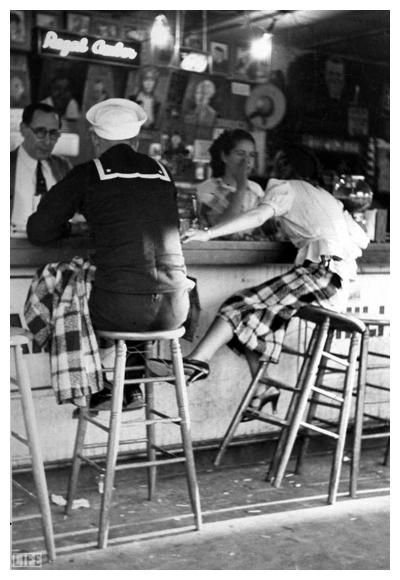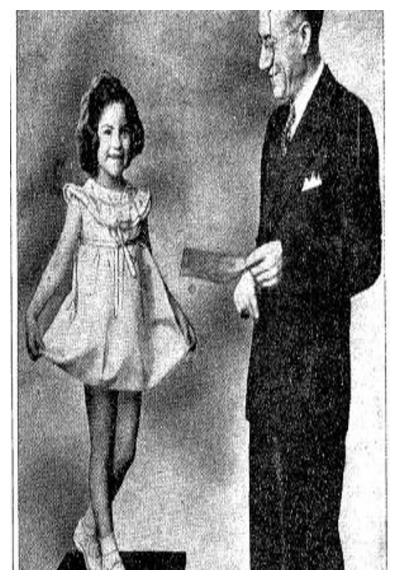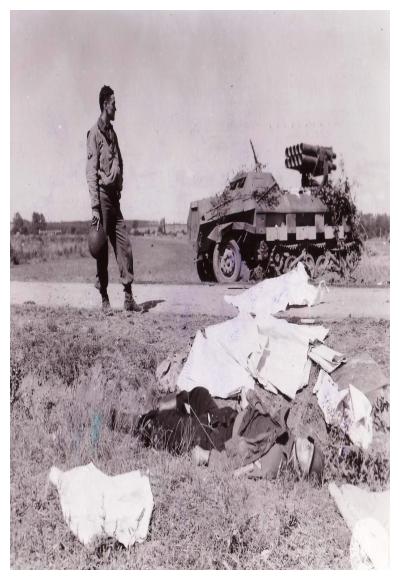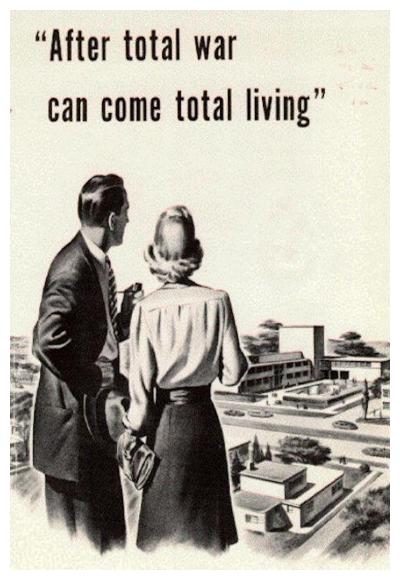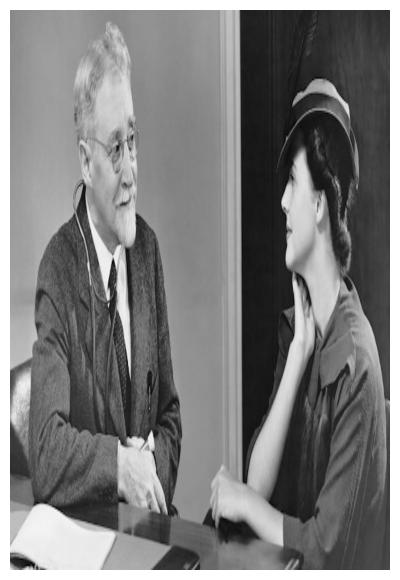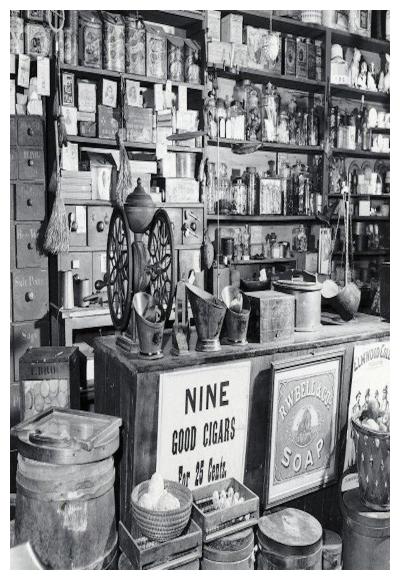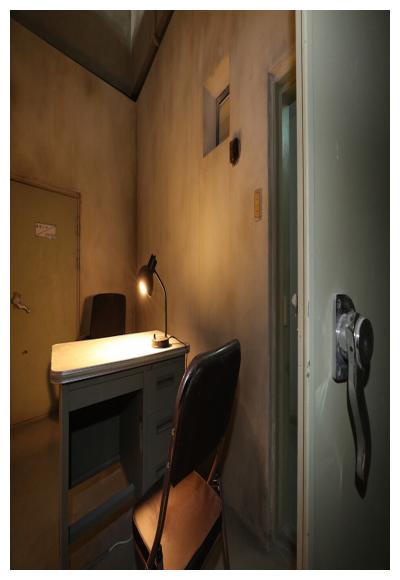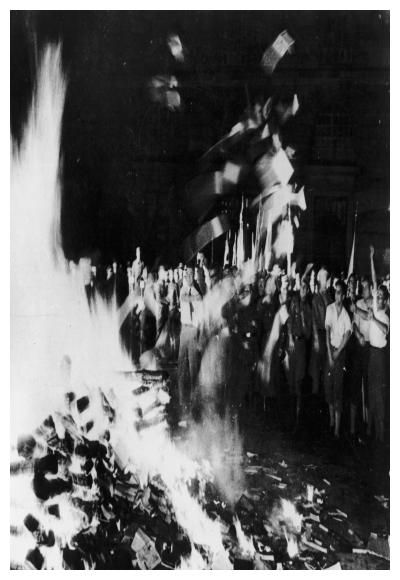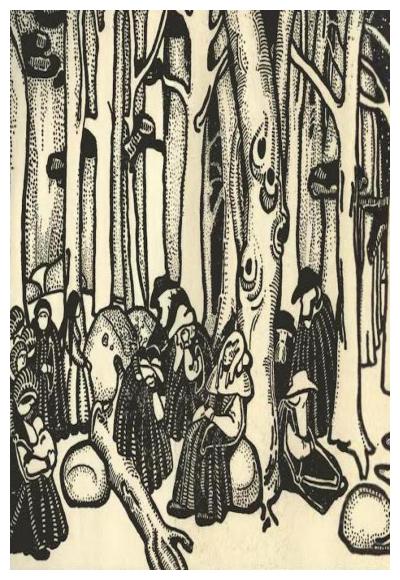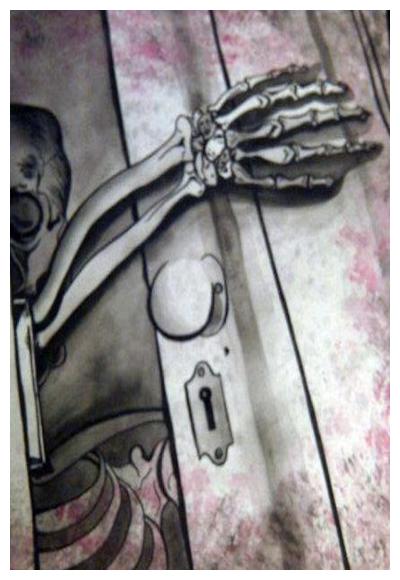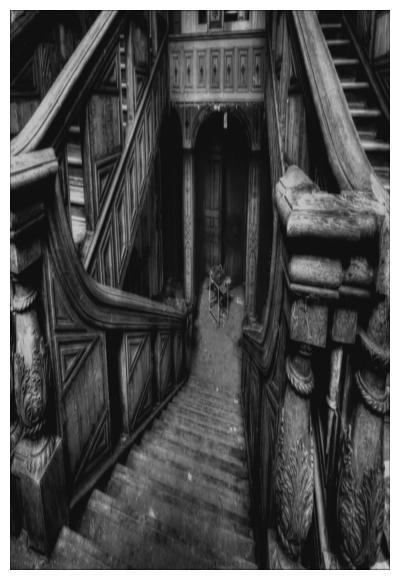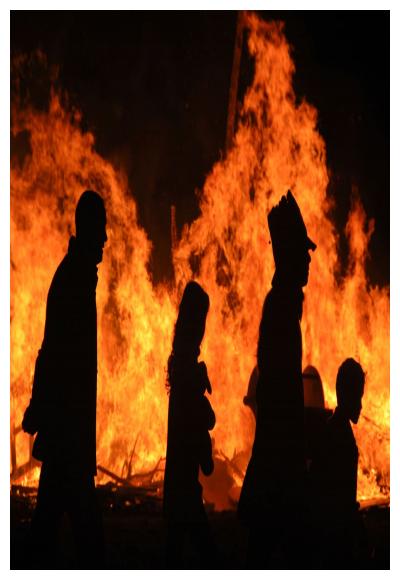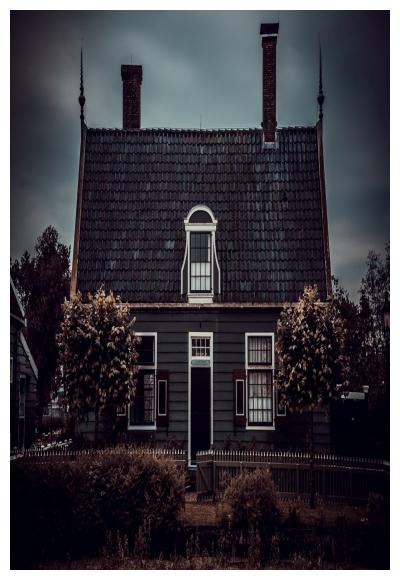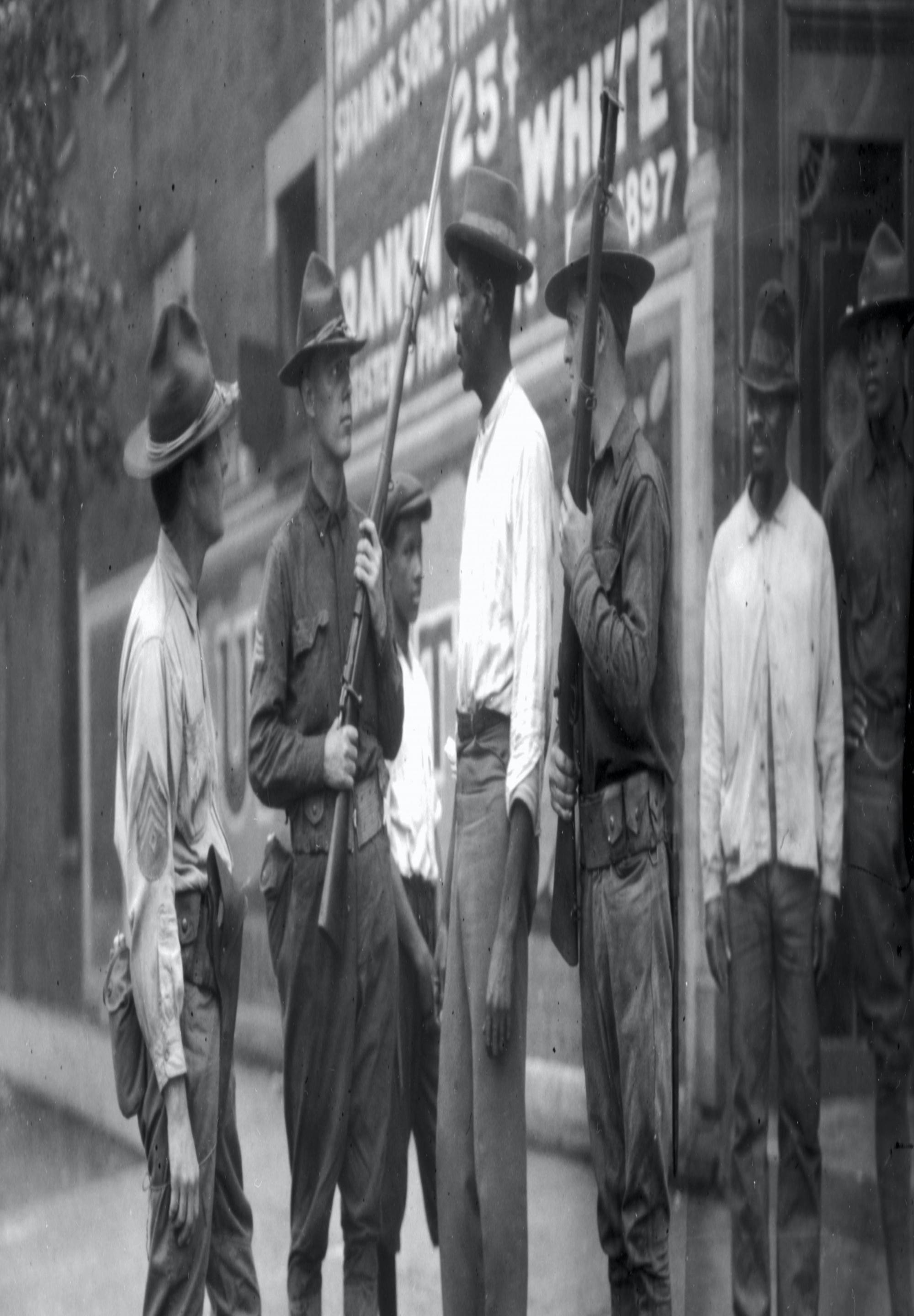
Synopsis/Details
With the influx of tourists and new residents, attracted to the area by the clear air and mountain scenery, segregated Altamont, North Carolina, is beginning to enjoy the fruits of modern commercialism as they have lately come to the United States. The excitement of real-estate speculation and the optimism of urban consciousness characterize the mood of Altamont’s citizens. In an effort to improve the town’s appearance and thereby capitalize on its growth, however, the Altamont Development Company has greedily attempted to snatch up all the property of the black district, located on the most advantageous building spot.
Set in the early 1920s, the action of "Welcome to Our City" thus centers on a scheme by the town fathers and land barons of this small Southern city to evict the tenants of “Niggertown,” tear down their houses and shops, and build a new white residential section in its place. When the blacks, under the angry leadership of a strong-willed doctor (who at first agrees to sell but later refuses when he sees his daughter being seduced by a prominent young white man) and a Northern rabble-rouser, resist eviction by the white establishment, a race riot breaks out. As a result, black homes are burned down and black characters killed— shattering both the precarious social balance of the city and the “progressive” dreams of Altamont’s boosters.
Building on this plot, Thomas Wolfe uses the device of the normative character (a tubercular writer from outside the town) to guide his audience through the back rooms, stately homes, and shanty towns of Altamont. As he does so, Wolfe contrasts tradition-bound, tragically divided Southern characters (black as well as white) with a new breed of life drawn from the vast menagerie of provincial, Caucasian America: fact-spouting yes-men, hypocritical religious leaders, anti-intellectual professors, impervious country-club matrons, and vulgar, anti-Darwinian politicians who are inauthentic from head to toe.
Story & Logistics
Story Type:
Hero's Journey
Story Situation:
Revolt
Story Conclusion:
Ambiguous
Linear Structure:
Linear
Moral Affections:
Condemnation, Punishment, Respect
Cast Size:
Many
Locations:
Single
Special Effects:
Minor cgi
Characters
Lead Role Ages:
Male over 45
Hero Type:
Anti-Hero
Villian Type:
Authority Figure, Corrupted
Stock Character Types:
Absent-minded professor, Knight-errant, Southern belle, Tortured artist, Wise old man
Advanced
Adaption:
Based on Existing Fiction
Subgenre:
African-American, Drama, Race Relations, Small-town Life, Social Commentary, Tragedy
Subculture:
Industrial
Action Elements:
Physical Stunts
Equality & Diversity:
Race Relations Focused
Life Topics:
Mid-life Crisis/Middle Age
Drug Topics:
Illegal Drugs
Super Powers:
Physical or mental domination
Time Period:
Interwar period (1918–1939)
Country:
United States of America (USA)
Time of Year:
Summer
Illness Topics:
Psychological
Relationship Topics:
Emotions and feelings, Intimacy, Passion, Sexuality
Writer Style:
Budd Schulberg, Carl Foreman, Sidney Howard

